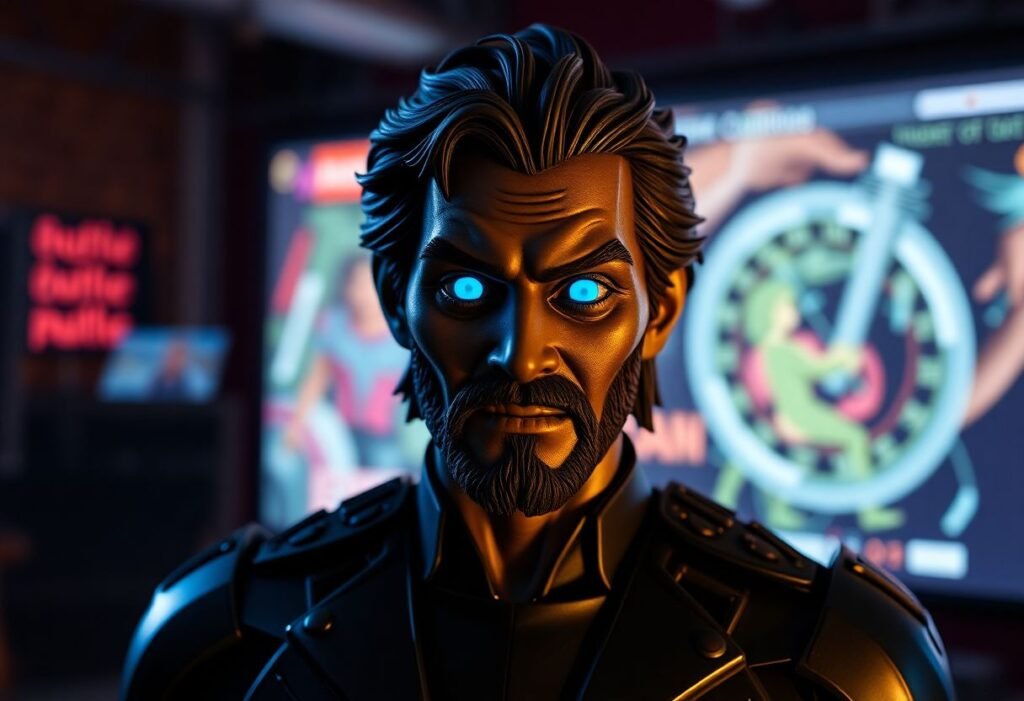The future of 3D printing in the entertainment industry is poised for radical transformations driven by innovation. From creating intricate props to entire sets, the scope of 3D printing is expanding in ways that revolutionize how audiences experience film, theater, and gaming.
The Evolution of 3D Printing Technologies
3D printing technology has progressed rapidly over the last decade, introducing various methods such as Fused Deposition Modeling (FDM), Stereolithography (SLA), and Multi-Jet Modeling (MJM). Each of these technologies brings unique capabilities that enhance the entertainment industry. Notably, the ability to rapidly produce custom designs not only accelerates production timelines but also reduces costs associated with traditional manufacturing methods. This innovation encourages filmmakers and game developers to unleash their creativity without significant financial restraints. As 3D printing continues to evolve, we can expect to see even more advanced materials and techniques supporting the stunning visual experiences audiences crave.
Impact on Set Design and Production
3D printing is reshaping the landscape of set design and production in the entertainment industry. The ability to create customized set pieces at a fraction of the cost allows designers to push the boundaries of artistic expression. Productions that would typically rely on expensive manual crafting can now leverage 3D printers to bring fantastical worlds to life. From historic replicas to futuristic environments, the practical applications of this technology are vast. Moreover, this method leads to sustainable production practices, as designers can create with minimal waste and use eco-friendly materials without compromising quality.
A New Frontier for Cosplay and Props
The cosplay community stands to benefit significantly from 3D printing advancements. Enthusiasts can reproduce complex and highly detailed costumes and props that would otherwise be impossible or prohibitively expensive. With easy access to 3D modeling software and printers, cosplayers can create custom designs that align with their favorite characters from movies or video games. This democratization of costume design fosters creativity and allows fans to engage with their favorite franchises on a deeper level. As technology becomes more accessible, we expect to see a flourishing of individual expression at conventions and events.
Integration with Virtual and Augmented Reality
Combining 3D printing with virtual and augmented realities opens unprecedented opportunities in immersive storytelling. Imagine the blend of physical models with virtual environments, enhancing experiences in theme parks, film productions, or gaming arenas. This integration creates an exciting interplay between real and digital spaces, leaving lasting impressions on audiences. As this technology develops, we will likely see more experiences that engage users on multiple sensory levels, breaking traditional storytelling barriers while enhancing the overall entertainment experience.
3D Printing in Gaming and its Benefits
3D printing is making its mark in the gaming sector, allowing players to create physical versions of their favorite characters, vehicles, or terrains. This capability not only enhances player engagement but also fosters a sense of ownership over the gaming experience. Gamers can customize their tools and environments, tailoring them to their unique playstyle. Moreover, game developers are exploring the creation of limited-edition merchandise using 3D printing, adding new revenue streams while generating excitement and engagement from fans.
The Future of 3D Printing in Entertainment
The future of 3D printing in the entertainment industry is bright and filled with possibilities. As technologies progress, there will be an increased collaboration between designers, innovators, and tech experts to maximize the potential of this craft. This synergy will likely pave the way for new opportunities that enhance creativity, efficiency, and storytelling in entertainment. The rapid evolution of 3D printing assures us that the boundaries of what is possible are continually expanding, promising a transformative impact on how stories are told across various platforms.
Disclaimer: This content is for informational purposes only and does not constitute professional advice. Always consult experts in the field for tailored guidance.





















